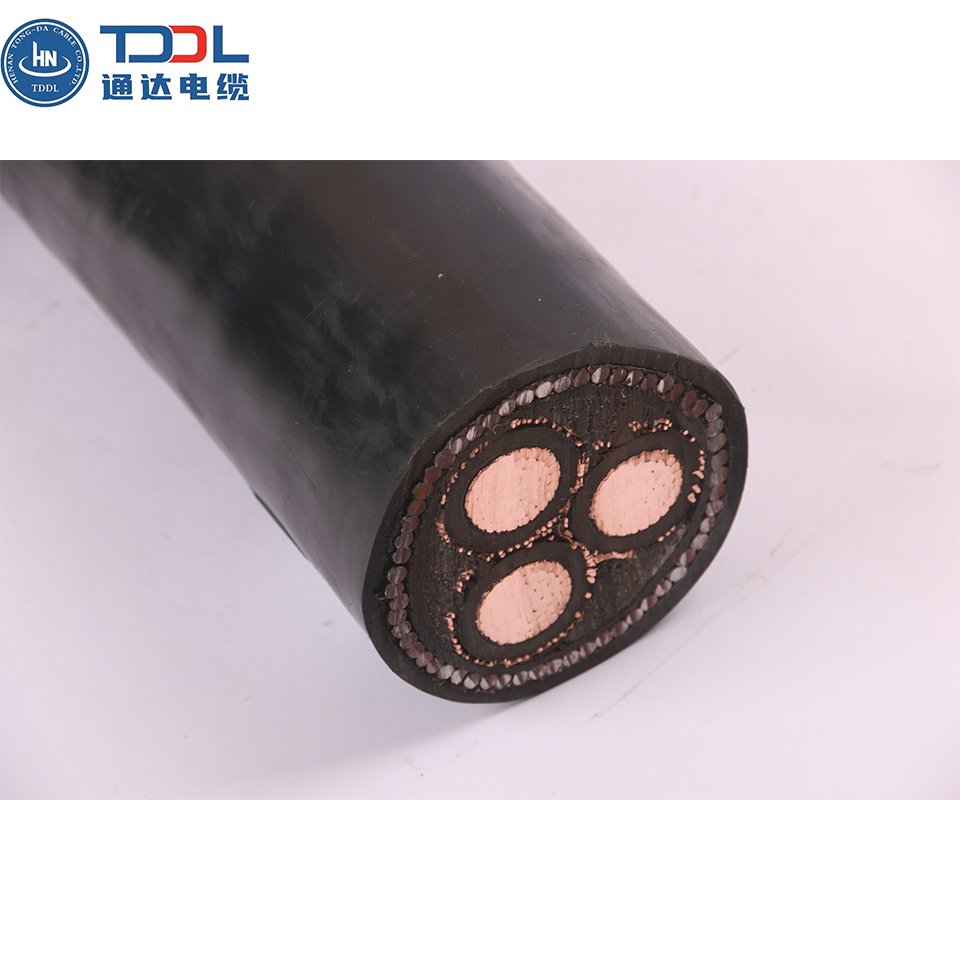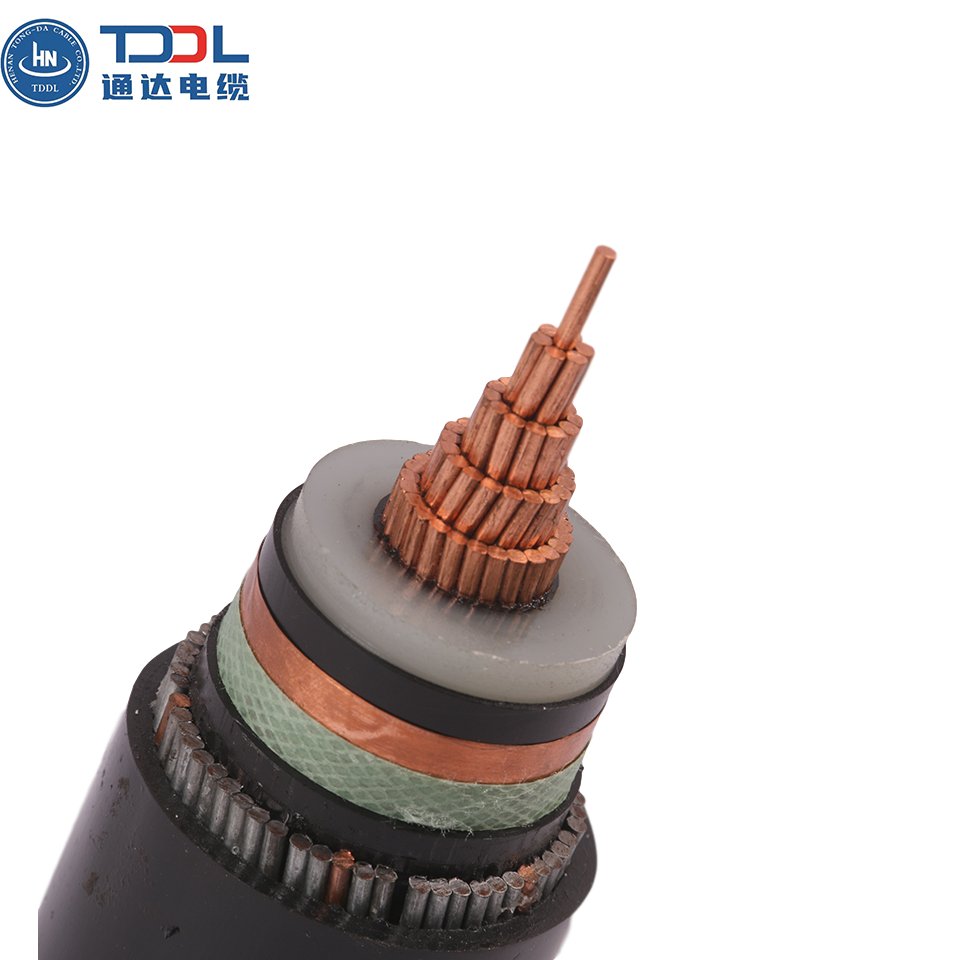Nov 07, 2025
How XLPE Insulation Makes Cables Last Longer: Heat, Chemical, and UV Protection Explained
Introduction — Why Cable Life Depends on Good Insulation
A power cable’s life depends a lot on its insulation, which is the main shield. It keeps conductors safe from electrical faults, weather stress, and physical harm. Over time, heat, water, chemicals, and sunlight can break down common insulation. It will lead to cracks, warping, or weak electrical strength.Such problems cut service life short. They also raise the chance of power cuts, short circuits, or fires.
To solve these issues, engineers now use Cross-Linked Polyethylene (XLPE). This material gives top electrical performance and great toughness. Its linked molecular design keeps it steady in tough settings. It greatly lengthens cable life.
What Is XLPE Insulation and How Does It Work?
XLPE stands for Cross-Linked Polyethylene. It is a thermoset plastic made by joining polyethylene chains with chemicals and by physical method. The linking process builds strong bonds between molecules. It gives better heat tolerance, strength, and shape stability.Linking methods include peroxide, silane, or radiation:
- Peroxide linking is common for medium-voltage (MV) cable insulation.
- Radiation linking works for cables up to 10 kV. It boosts resistance to oxidation and heat.
- Silane linking is used for low-voltage power cables, control cables ,medium and low-voltage overhead insulated cables. It adds weather protection.
Key Features of XLPE That Lengthen Cable Life
1.Great Heat Resistance — Steady Work Under Heavy Load
XLPE shines in staying stable at high temperatures and loads.PVC and PE cables usually handle a max of 70 °C nonstop. XLPE can run at 90 °C. It can even take 250 °C for short times during overloads or shorts.
Such strong heat tolerance comes from the linked structure. It stops XLPE from melting, warping, or shifting. In places like power grids or factories, it means longer use and less downtime.
2.Strong Chemical Resistance — Safe Guard in Tough Settings
XLPE also fights off chemicals well. It can work reliably in dirty or harsh areas.It resists acids, bases, and water and does not soften or lose strength.
PVC or rubber insulation often swells or cracks with chemicals. XLPE keeps high resistance, good electrical strength, wear resistance, and low water uptake.
3.UV and Weather Resistance — Longer Life Outdoors
For open-air setups, UV protection matters. Silane-linked polyethylene is common for overhead lines. It has built-in weather strength.Makers can add carbon black or stabilizers to boost UV protection. These extras guard against sun damage, and dampness. The cable stays flexible and electrically sound after years outside.
Thus, XLPE is popular in solar farms, wind sites, and outdoor building wires.
Applications Where XLPE Cables Last Long
XLPE-insulated cables fit anywhere high reliability and long life are needed:- Power Distribution Networks: For MV and HV lines with heavy loads and heat cycles.
- Renewable Energy: In solar and wind setups facing sun and temperature swings.
- Industrial Facilities: In oil refineries, chemical plants, and production lines with oils and corrosive agents.
- Underground or Outdoor Installations: Where cables meet water, soil pressure, and weather changes.
Installation and Maintenance Tips to Get the Most from XLPE Cables
Good setup habits help keep XLPE performing long-term:- Follow the advised bend radius. This avoids inner stress or tiny cracks.
- Leave enough space around cables. Heat can be dissipated well.
- Do not bundle tightly or touch sharp edges, which can harm insulation.
- Pick connectors and ends made for XLPE. They ensure tight seals and fit.
- For outdoor use, check visually often. Look for early UV fade or surface wear.
Comparing XLPE With Other Insulation Materials
| Property | XLPE | PVC | PE |
| Continuous Operating Temp (°C) | 90 °C | 70 °C | 70°C |
| Short-Circuit Temp (°C) | 250 °C | 160 °C | 150 °C |
| Insulating Property | Excellent | Common | Good |
| Mechanical Property | Excellent | Common | Good |
| Chemical Resistance | Excellent | Fair | Excellent |
| Environmental Protection | Yes | Yes | No |

Conclusion — Why XLPE Is Still the Top Choice for Long-Life Cables
Cross-linked polyethylene insulation gives the right mix of electrical safety, environmental strength, and cost savings.It handles up to 250 °C. It fights chemicals and factory pollutants. It lasts years of sun exposure without breaking down.
Different linking methods — silane for weather protection and peroxide for high-voltage use — let engineers match cables to various settings.
For project designers, electrical engineers, and infrastructure developers seeking long-term reliability and performance, choosing TDDL XLPE-insulated cables is a forward-looking decision backed by proven cable certifications and decades of field experience.



